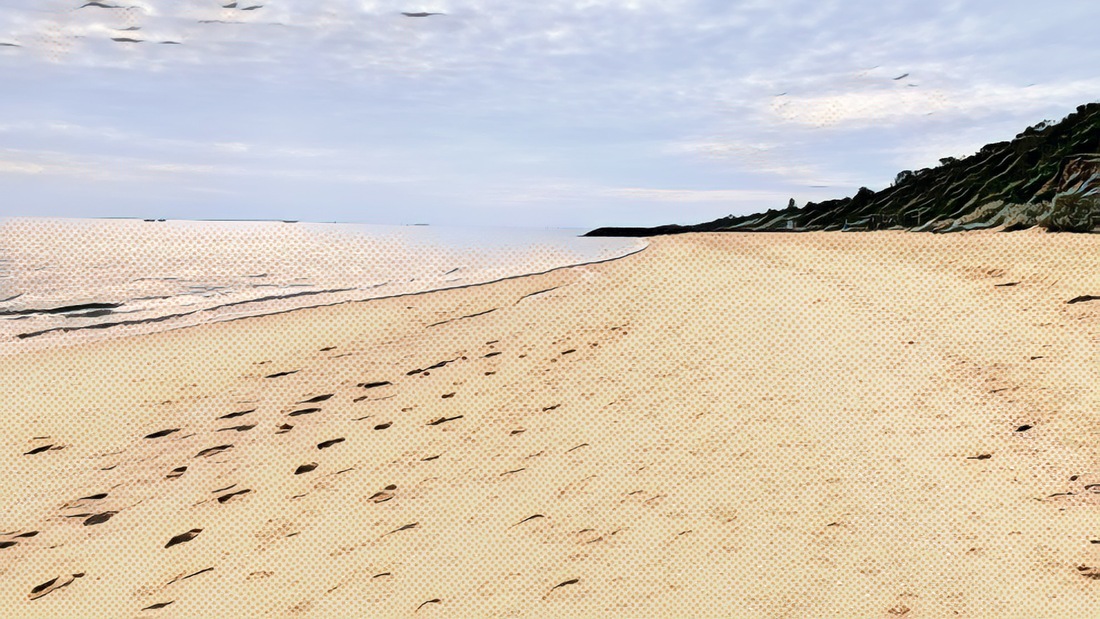|
SEARCH My Blog (Opens in new tab)
You can beat fragility
I'm disappointed when I see someone prematurely fragile. Fragility is associated with a shorter lifespan, and with being put into care earlier - losing your independence.
It disappoints me because, with some simple additions to your lifestyle, you can significantly delay fragility caused by loss of bone and muscle mass. I did a bone density scan last year, and it showed me having 25% better bone mass than males my age, and 5% better than the average 25-year-old male. Just age, after 70, is a risk factor for fractures
That's because I focus on exercises which build bone strength.
I don't expect you to do that, as it is a significant intervention. But can make some everyday changes that will improve your bone health. Good bone health is one of the pillars of being able to live longer better. Without it, you are at exposing yourself to risks, which, to a large extent, you could mitigate relatively simply. In fact, a risk factor for fractures is simply our age - independent of anything else that may be affecting our bones and muscles. Statistically, at 70, age becomes a significant risk factor for fractures. If you are over 70, like me, then take your bone health seriously, as I do. Aging is not only associated with a loss of bone density and strength but is also associated with a reduction in muscle mass and strength (known as sarcopenia). We lose bone mass as we age, especially women after menopause. The bones lose calcium and other minerals and become thinner - meaning they are less strong. The greatest deterioration in balance and gait typically occurs from 60 in women and 70 years onwards in men. Ideally, we should all start paying attention to our bone health at age 50, and perhaps 40 for women. If you're already older then no matter, starting now is better than doing nothing. Your bones and muscles work as a team
The is a relationship between loss of bone mass and loss of muscle mass, however researchers are still uncertain of the linkage. They postulate the concept of a "bone-muscle unit" whereby the performance, or the deterioration, of one, is reflected in the other.
That's both good news and bad news. It's good news because it may mean that if you take care of both your bones and your skeletal muscles, then the gains will be reinforced. It's bad news because if you neglect maintaining either your bone mass or muscle mass, then both may be adversely affected. This means that as your bones lose calcium and become less strong than you can assume that you are experiencing an associated loss of muscle mass and strength. This leads to instability, fragility, poor posture and increased susceptibility to fractures. Bone fractures are directly linked to osteoporosis in aging adults, and in the U.S. the annual incidence of bone fractures in women exceeds the annual incidence of stroke, breast cancer, and heart disease combined. Hip fractures, in particular, are associated with significant morbidity and mortality, and of those suffering a hip fracture, roughly 40% will require nursing home care, and 20% will not walk again. Statistics from the U.S. and Australia are remarkably consistent in showing that people over 65 who fall and suffer a hip fracture live 5 years less, on average. Bones become less dense as we age for several reasons, including:
You can supplement, for a start
We can reduce the rate of bone mass and muscle mass surprisingly simply (assuming no other medical or health conditions that may adversely affect your bones).
For a start, you could add a Vitamin D and a calcium supplement to your diet. Occasionally controversy flares about whether calcium has adverse side effects, such as this research linking calcium and cardiovascular disease. That said, the WHO recommends 400 to 500 milligrams (mg) of calcium a day are needed to prevent osteoporosis. If you prefer, there are alternatives to the supplements:
But don't just rely on Vitamin D and calcium for bone health. You should also other micronutrients, and activities. Or exercise, and include enough calcium in your diet
I said in the beginning that you could improve your bone health relatively simply, so here is what to do. It does not involve weights, equipment or any major upheaval of your lifestyle.
Most people hate exercise. So please don't think of these suggestions in that way. This list includes attention to activities which are part of your regular lifestyle and community. Do all three:
If you don't mind a little exercise these three basic bodyweight exercises will give a good boost to your bone health:
Do everything you can to retain the bone and muscle mass that you have now - and I encourage you to also exercise to slow the rate of decline. Exercise will add bone mass back, along with muscle mass. It is never too late to start. Step one, add in the suggested activities and micronutrients. Step two, if you wish, add in exercises. (Note: if there is osteoporosis in your family or you have had a fall in the last 12 month then consult your health advisor first.)
Good luck.
Follow me on Quora for more health and fitness tips. If you enjoyed this article >> Follow me Leave a comment >> Share it >> Stay healthy If you have any questions email me and I will get back to you.  RSS Feed RSS Feed
Latest: get your free customised fitness plan designed uniquely for you.
|
ChoicesSince I was diagnosed at 50 with Type 2 diabetes I've been learning how to do bone-building fitness training which lowers my age. You can too. It's your choice. Walter Categories
All
Archives
May 2023
|




